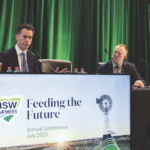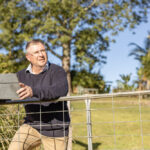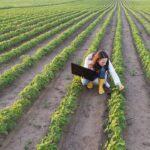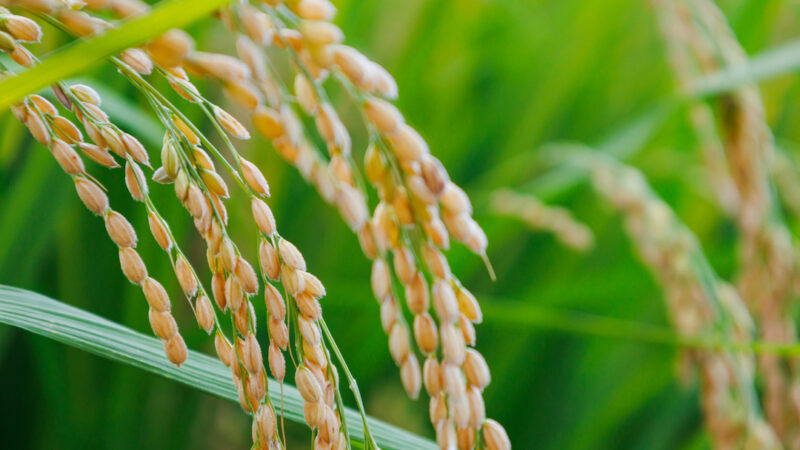The atmosphere at Rosehill Gardens Racecourse in mid-July was resolute, lively and highly social as…
How science and tech are improving food security
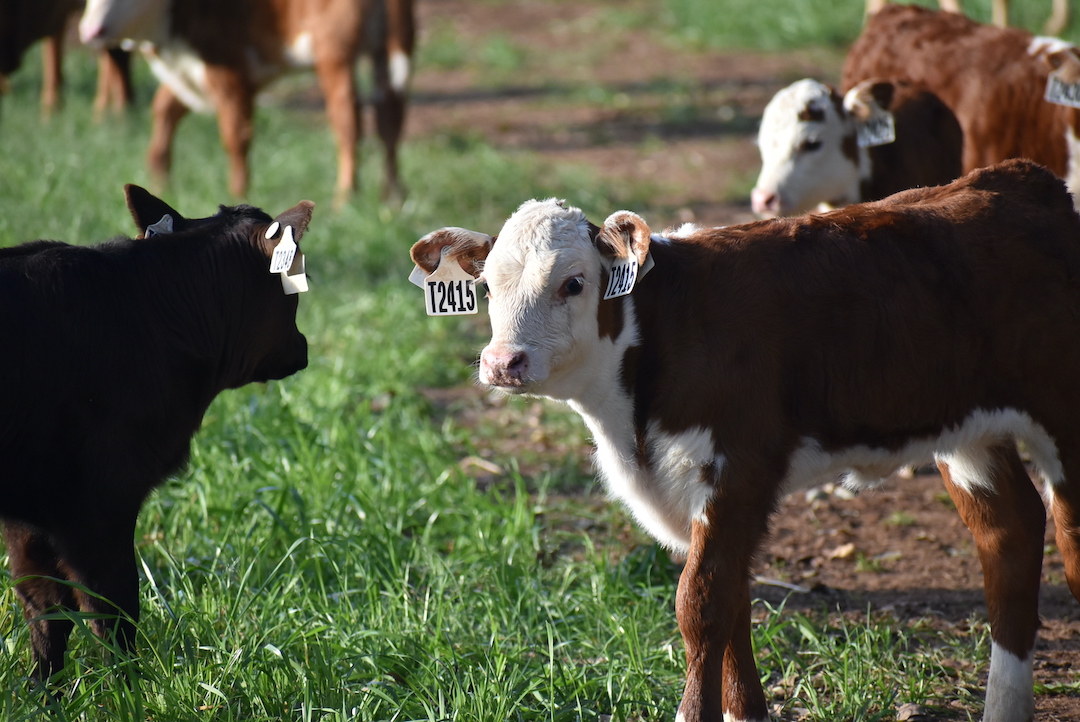
Researchers around the state are using science and technology to improve food security, not just for Australia but for the world. We look at four research sites in NSW to see what�s cooking.
In September 2023, the University of Sydney opened the International Centre of Crop and Digital Agriculture (ICCDA) in Narrabri in the North West Slopes of NSW: the administrative centre of the second richest farming shire in Australia. Recognised for the production of some of the world�s best wheat, cotton, lamb and beef, the $15.2 million investment now also places Narrabri at the global forefront of agricultural research.
The state-of-the-art facilities include digital, genetic and soil laboratories, teaching and industry briefing spaces and robot workshops. It lies adjacent to a 2000-hectare experimental farm where researchers will produce improved crop varieties and develop farming systems with enhanced resilience and adaptive capacity to climate change. The ICCDA will also promote digital and robotic technologies for use by farmers to make their businesses more productive and profitable.
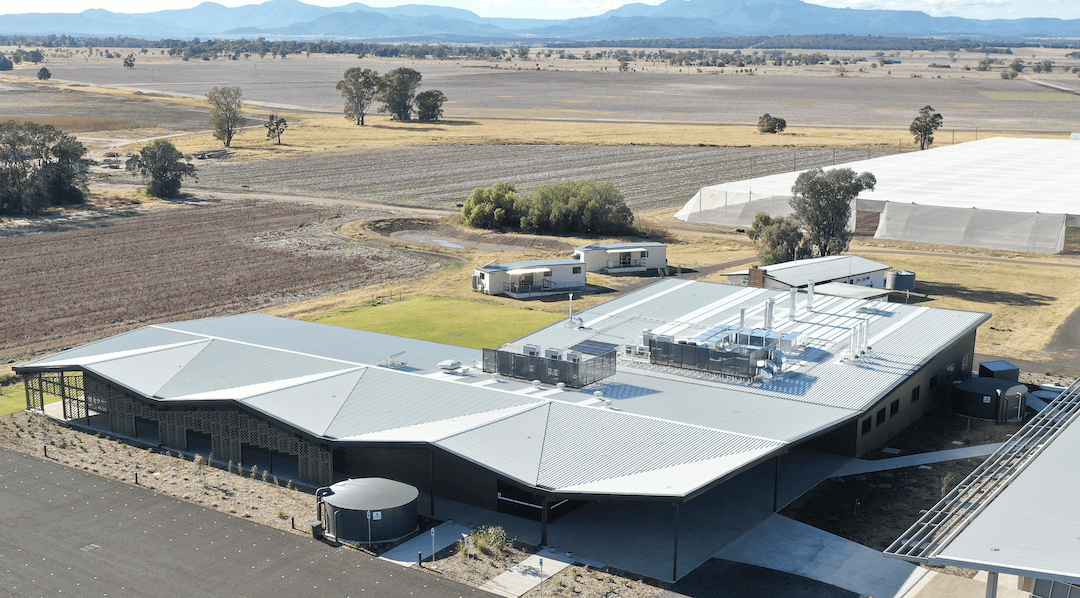
�The research that will occur at this facility in Narrabri will be a game-changer for the industry,� said NSW Agriculture Minister Tara Moriarty at the opening ceremony. �Using the high-tech facilities, researchers will focus on adapting crops for drought-tolerance, providing food security solutions and boosting the productivity of farmers.�
NSW Wheat Research Foundation chair Rob Long says the ICCDA offered a massive boost for grains research. �These new facilities complement the research farm which plants over 40,000 irrigated plots every year on Narrabri�s rich vertosol clay soils,� he says. �What an enticement for postgraduate students, national and international researchers and industry leaders to come together in Narrabri to improve crop performance for Australian farmers.�
Identifying the most profitable cropping systems
For the past six years, CSIRO researchers at four experimental sites in Wagga Wagga, Greenethorpe, Condobolin, and Urana have been sowing and monitoring crops to identify the most profitable and least risky cropping rotations for grain growers in southern NSW.
�Our investigation delved into diversifying canola-cereal systems with different legume options, conservative and optimistic yield-based nitrogen fertiliser strategies, and earlier versus timely sowing with and without crop grazing,� says CSIRO chief research scientist Dr John Kirkegaard. In January, the national science agency published the findings of research initiated by farmers seeking comparisons between traditional cropping systems and alternative systems that incorporate legumes with canola and wheat.
At all sites during the first three-year phase, some farming systems were $200 to $300 per hectare more profitable, had stable or declining weed and disease burdens, lower average input costs, and consistently overperformed compared to the baseline canola-cereal farming systems.
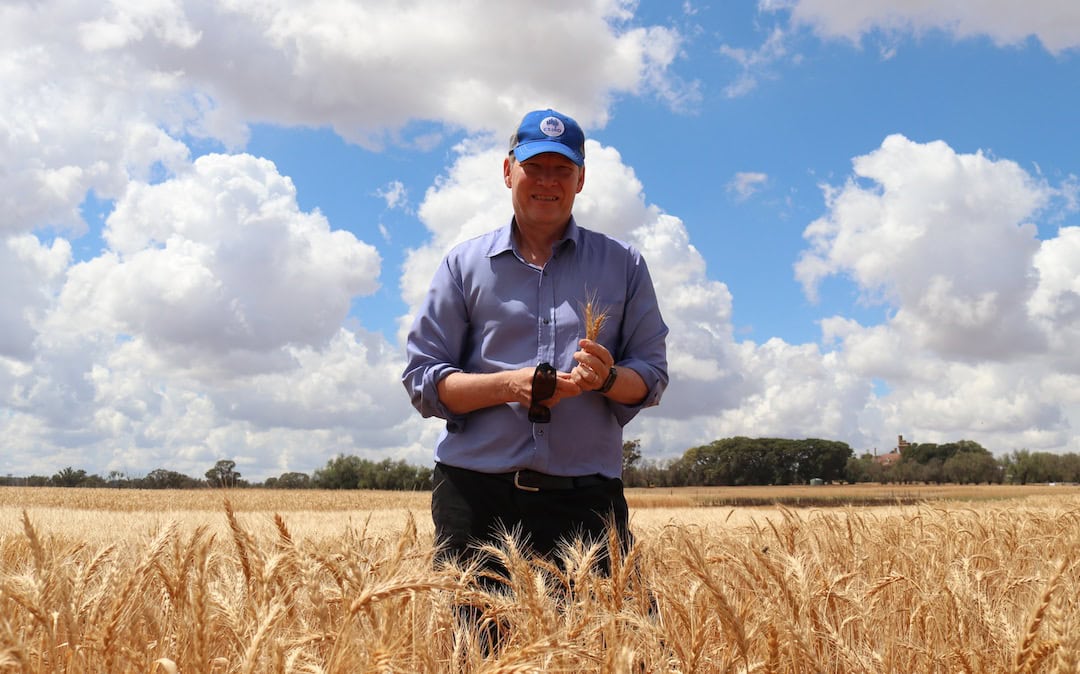
In the second three-year phase when there were much wetter conditions, systems with more canola tended to increase in profit and those with legumes declined. For mixed systems, the most profitable alternatives were wheat and canola with a higher nitrogen fertiliser strategy.
�The value of this to the industry in terms of increased productivity and profitability is significant,� says Delta Agribusiness consultant, Tim Condon. �It is delivering positive actionable outcomes to grain growers.�
However, more long-term research is needed to further improve grain production in the state. �Systems research takes many years and patience for the full effect of the treatments to emerge over time. It also allows for the effect of variable seasons on measurements to be captured,� says director of Lott Rural Consulting, Peter Lott. �This is how low-risk, productive, economic and sustainable farming systems evolve.�
Measuring the genetic value of cattle
It comes with a hefty price tag of $7.3 million, but as the largest ongoing beef cattle research project in Australia, the Southern Multi Breed (SMB) project promises to be money very well spent. It will allow cattle farmers in NSW to measure the genetic value of different breeds for the first time. This in turn will allow them to make better-informed decisions to improve their herd. The information will also prove invaluable for commercial cattle breeders.
A collaboration between the NSW Government, University of New England and Meat & Livestock Australia, the SMB Project is taking place at five research stations and a research feedlot between 2020 and 2025, and focuses on six different breeds: Angus, Hereford, Shorthorn, Wagyu, Charolais and Brahman.
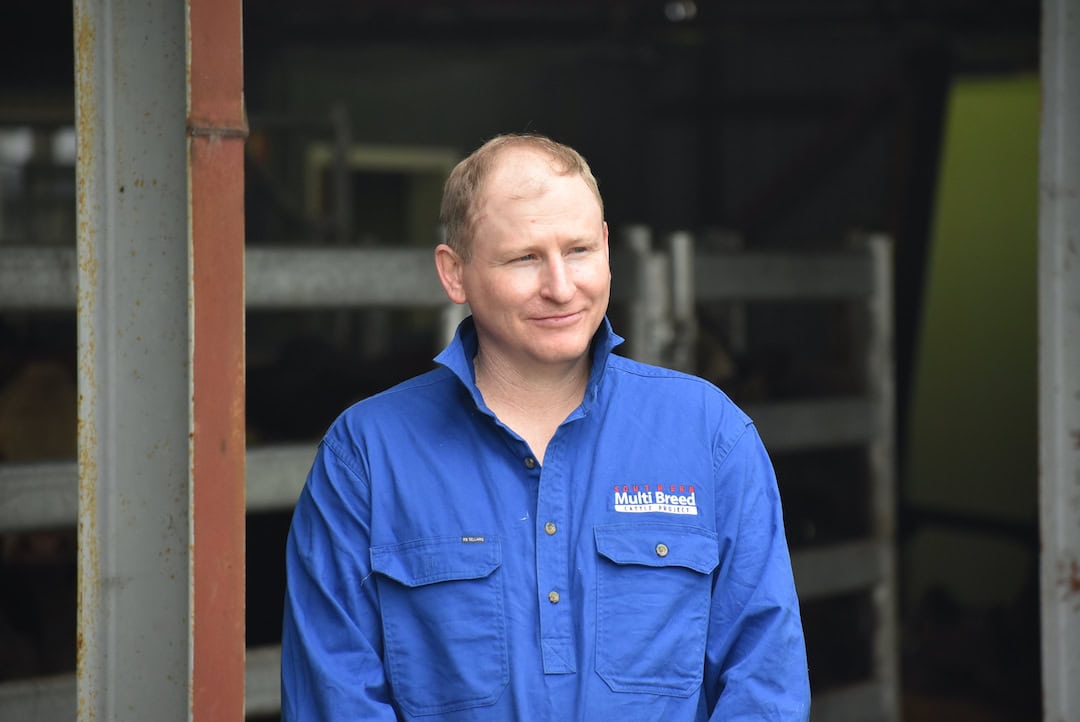
So how does it work? Researchers at the SMB project are creating datasets using BREEDPLAN traits that allow breed comparisons irrespective of hide colour. At the same time, they are creating genomic values with higher accuracy than what is currently achieved, and building a reference for hard-to-measure traits like meat quality, methane production, immune competence and age at puberty.
The research is expected to improve beef productivity and product value by improving the fertility rate, weaning rate, feed efficiency, sale weight and, at the same time, reducing the mortality rate of cattle. The research will continue until the end of next year, though principal investigator Brad Walmsley believes actionable data may be in farmers� hands only a few months from now.
�The data we have that is of sufficient quality for BREEDPLAN evaluations, we�re currently in the process of making available for within-breed evaluations for use within the next 6 to 12 months,� Walmsley told Beef Central in September last year. �We�re beginning to analyse data that will benefit the industry. However, there are a series of steps that need to be followed to ensure the integrity of the data is maintained.�
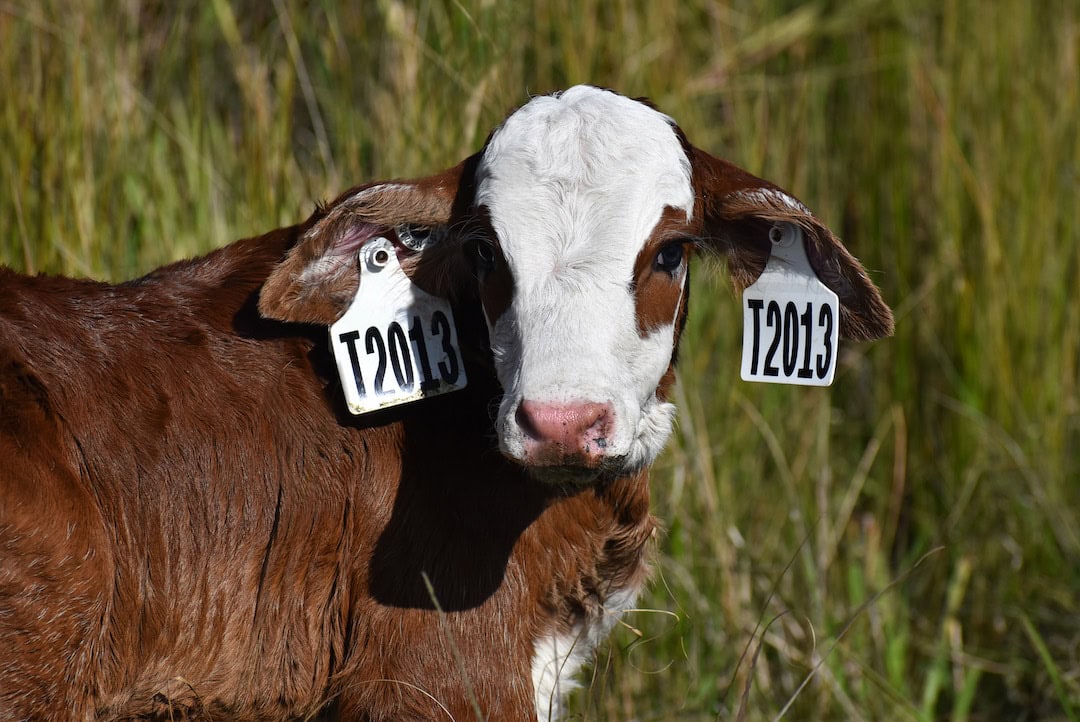
Hereford calf in the Southern Multi Breed project. Image: NSW DPI.
When an experiment goes wrong
Ten years ago, Italy�s Ferrero Group � the world�s fourth largest confectionery company and makers of the popular Nutella spread � started planting 1 million hazelnut trees on a 2,700-hectare research farm near Narrandera in the NSW Riverina that had previously been used to grow potatoes.
The pilot project, which received millions of dollars of financial support from the Federal and NSW Governments, aimed to provide a counter-seasonal supply to the northern hemisphere crop. It was also meant to supercharge the sector by increasing Australia�s relatively small annual hazelnut harvest from 400 tonnes to 5500 tonnes per year, excess stock that had been slated for processing at Ferrero�s factory at Lithgow.
Locals had warned the project was always going to struggle because of its location � and they were right. Earlier this year, Ferrero announced the experiment had not even achieved minimally acceptable yields and that it planned to mulch the trees into wood chips and sell the farm. The Italians blamed adverse weather, specifically dry arid conditions that proved unsuitable for growing a type of tree that originated in the cool climate of northwest Europe.
�I thought they were very brave,� Basil Baldwin, a hazelnut farmer in Orange who helped write the NSW growers manual, told the ABC. �I thought maybe if you did certain things, you might get it to work, like shading the whole orchard, just for example, which would be very expensive.�
Ferrero said it was disappointed with the project�s demise but that it had nevertheless produced valuable data and insights that the company is presently sharing with hazelnut growers in Australia. �This will support better-quality nut production with the benefit of the research conducted on different soil,� a company spokesperson said.
The moral of the story? There�s no such thing as wasted research.
To learn about more innovation in the agriculture industry, click here.


